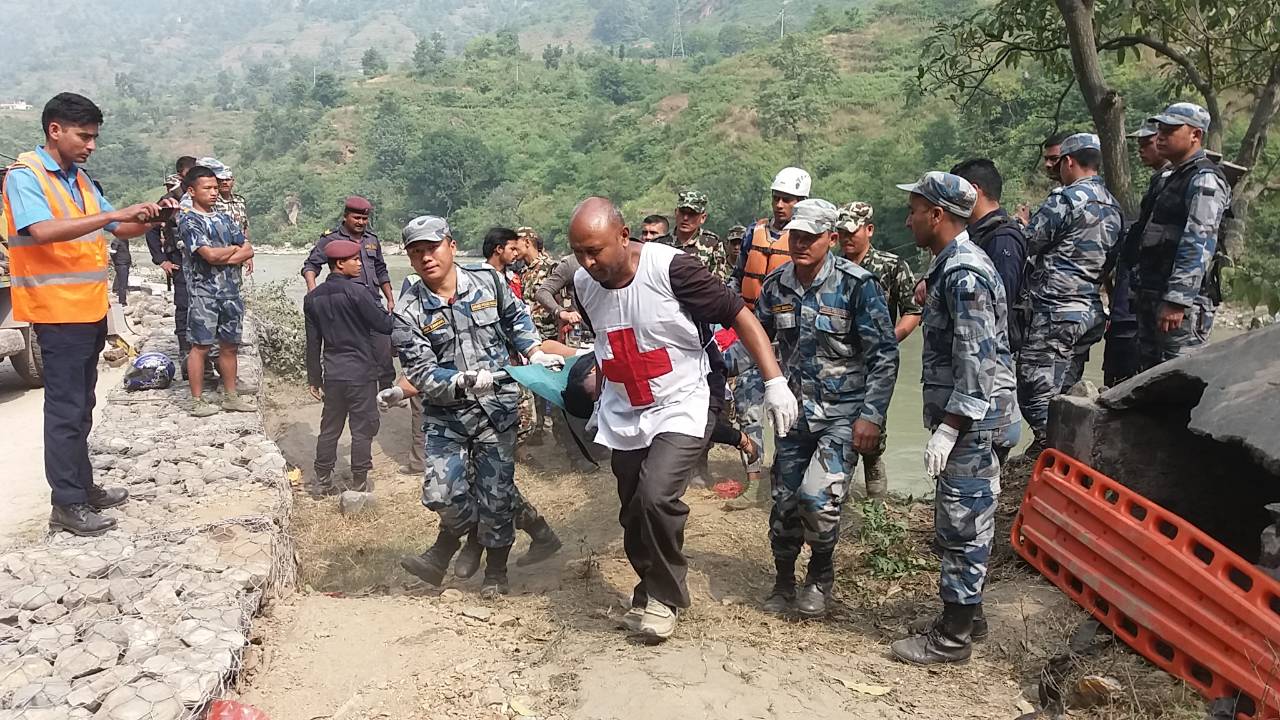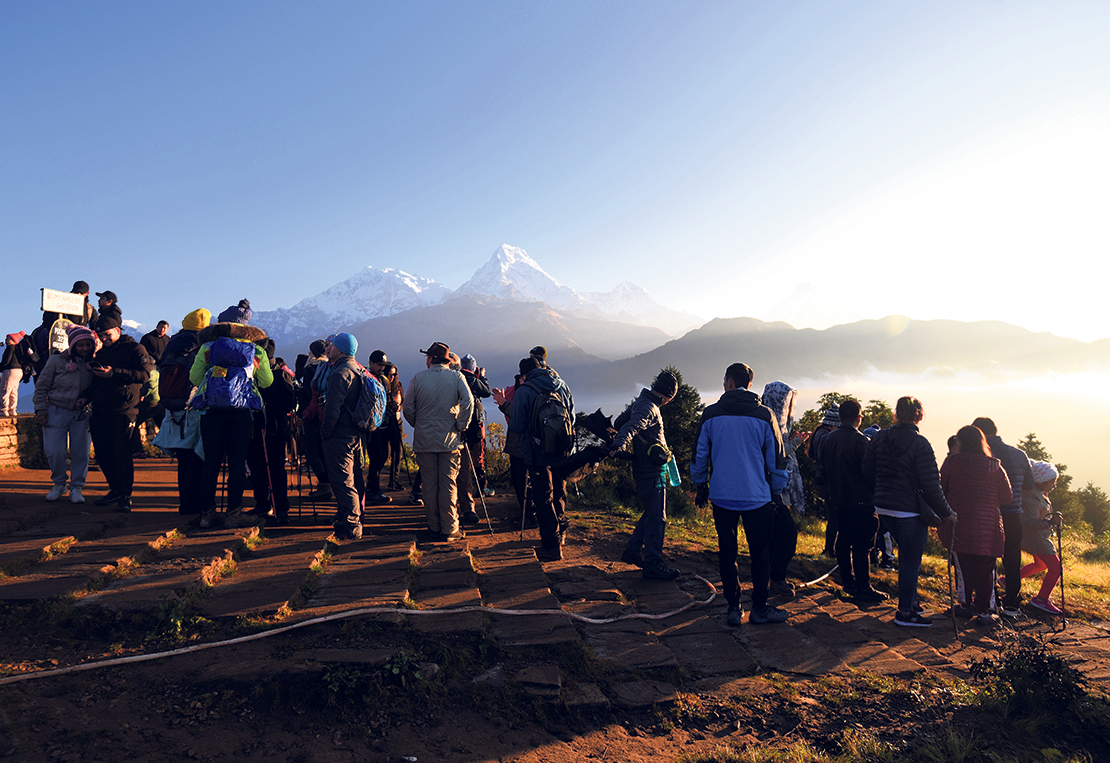
OR
Changing Attitude could reduce road accidents
Published On: October 31, 2017 01:20 PM NPT By: Pratik Rimal | @@eyes_8miles

KATHMANDU, Oct 31: Fifty one people were killed in four separate accidents in the past three days. These accidents, often times are blamed to reckless driving and poor road conditions. The country’s traffic division has initiated successful campaigns to curb road accidents; zero tolerance to driving under influence, lane discipline, counseling to drivers and making it mandatory for long distance public transports to have a minimum of two drivers. Yet, every year, more than 2,000 people die in road accidents in Nepal, data at the Metropolitan Traffic Police Division states.
Accidents survivors innvariably say over-speed and recklessness of drivers are major causes of road accident. Data at Metropolitan Police showcases the same. This year alone, drivers’ recklessness and over speeding were key causes of 10,178 accidents across country that claimed 2,385 lives. Transport unions blame poor road conditions. But what does the death of 51 people have to tell about Nepal’s road accidents?
Apart from everyday blames of weak monitoring from the government’s side, Tok Raj Pandey, spokesperson at the Department of Transport Management, argues that unaccountability trigger accidents. “Lack of accountability stems in all aspects – among drivers towards their passengers, business entrepreneurs and passengers,” Pandey said.
“More than 70 per cent of the accidents are due to driver’s attitude,” an official at the Metropolitan Traffic Division said under condition of anonymity. He added that the same held true for passengers who kept quiet despite knowing driver’s recklessness. “We are here to serve but passengers seldom telephone our hotline and inform of reckless driving,” he added.
In light to the four accidents, Pandey added that the Division for Transport was planning to step up awareness and trainings to drivers and conductors and formulate an action plan to curb accidents. However, “Nepal’s geographical terrain and road conditions also account to accidents,” Pandey, said.
Yet, Nepal’s terrain and road conditions continue to be harsh since the first car entered the country in 1940 AD. “Roads themselves don’t cause accidents and it is important that drivers bring their experiences into play,” Ramesh Kumar Singh, assistant spokesperson at the Department of Road said adding that drivers need to be aware of speed limits. “Speed limit has been limited to 80 km/hr on highway and between 30-40 km/hr in hilly regions. Yet, drivers seldom comply,” he said.
It is for this reason that the Metropolitan Traffic Police is proposing provisions in the constitution to incorporate separate tests and qualification for public vehicle drivers. However, there has been immense protest, especially in setting up minimum education level from political parties and transportation businesses.”
Although provisions are likely to take time, changing attitudes and developing accountability among drivers and passengers could help to avoid future accidents. “Eventually, it is upon each one of us to curb accidents,” Singh said.
You May Like This

Banks reduce interest rates for Baisakh, except for Everest and NMB Bank
KATHMANDU, April 12: Most of the commercial banks have reduced the deposit interest rates for the month of Baisakh (mid-April... Read More...

Are negative thoughts holding you back?
The above thought clearly states that you just need to change yourself. And yes, it’s all up to you to... Read More...

Samsung considers changing Galaxy S8 release date
Samsung is preparing the next Samsung Galaxy flagship device after the failure of the Galaxy Note 7. ... Read More...




Just In
- UML's National Convention Representatives Council meeting today
- Gandaki Province CM assigns ministerial portfolios to Hari Bahadur Chuman and Deepak Manange
- 352 climbers obtain permits to ascend Mount Everest this season
- 16 candidates shortlisted for CEO position at Nepal Tourism Board
- WB to take financial management lead for proposed Upper Arun Project
- Power supply to be affected in parts of Kathmandu Valley today as NEA expedites repair works
- Godepani welcomes over 31,000 foreign tourists in a year
- Private sector leads hydropower generation over government







_20220508065243.jpg)







Leave A Comment